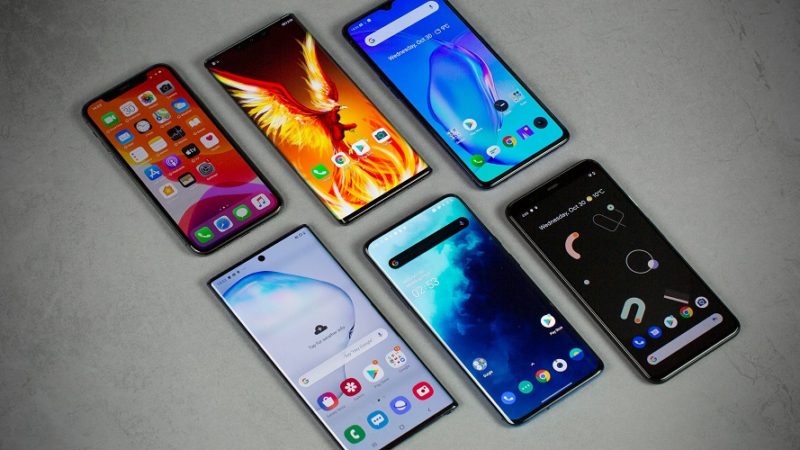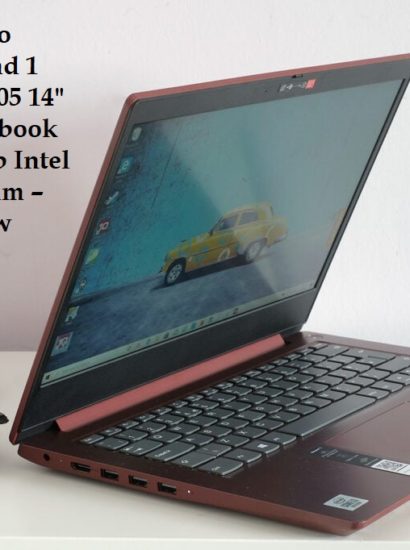At the turn of the new millennium, Nokia was the undisputed leader when it came to mobile phones. In fact, the top two best-selling mobile phones of all time belonged to Nokia, with Nokia 1100 and Nokia 1110 topping the charts, as both models had sold over 250 million units worldwide. Motorola then came into the picture, with its RAZR V3 model becoming the best-selling flip phone. Within the next decade, both Apple and Samsung started competing for the honours, with iPhone 6 and 6 Plus becoming the best-selling touchscreen phones, while Samsung’s E250 became the best-selling slider phone of all time.
Today, while Samsung and Apple still dominate the premium market segment, other brands have quickly established themselves, catering to the growing Indian middle-class. With Xiaomi, Vivo and Realme now enjoying a significant share of the Indian smartphone market, the competition is more intense than ever.
As per Counterpoint research, Xiaomi enjoyed 30 percent of the market share during the first quarter of 2020, followed by Vivo with 17 percent, and then Samsung with 16 percent. OPPO and Realme enjoyed a market share of 12 and 14 percent respectively, with Realme quickly becoming one of the preferred brands for the Indian consumers, owing to their feature-rich smartphones at pocket-friendly prices. This has pushed back some of the other popular brands such as LG and Apple, while Samsung, for the first time in over two years slipped out of the top two spots.
How Xiaomi and Realme Have Captured Huge Market Share
When it comes to the global smartphone market, India is the second-largest, only next to China, with over 400 million smartphone users. Furthermore, as per Counterpoint research, around 33 percent mobile phones that are sold in the country fall between the Rs. 11,000 – Rs. 18,000 price range, which is also the fastest-growing segment in India. This is where brands like Xiaomi and Realme have benefited, as they continue to target the mid-range segment, by providing smartphones with premium features and top-of-the-line specifications at pocket-friendly rates.
For instance, the Realme Narzo 10, which caters to the mobile game-enthusiasts in the country, is priced below Rs. 10,000, and is also considered by many to be the best phone under 10000. Within just two years of its launch, Realme is now competing with Xiaomi for the lion’s share of the mid-range market segment, and has been making all the right noises. In fact, Realme recently revealed that they had shipped over 8 million smartphones within a one-year period, with their Realme C2 smartphone alone selling more than one million units.
How Samsung and Apple are Being Left Behind
When it comes to premium smartphones, Apple has undoubtedly established itself as the market leader, with a premium market share of 75.6 percent in the fourth quarter of 2019, followed by Samsung. However, the premium segment accounted for only around 2.7 percent of the Indian market, with budget-segment accounting for a whopping 79 percent of the market, followed by mid-range segment with 19.3 percent. This meant that brands like Xiaomi, Realme, Vivo and OPPO were the big winners, as the budget and mid-range segments continue to drive the growth of smartphone sales in the country.
Over the past 12 months alone, Xiaomi Redmi Note 7 Pro, OPPO F11 Pro and Realme 3 Pro were some of the top-selling smartphones in the country. Today, Poco X2 and Redmi Note 8 Pro are two of the most sought-after smartphones, and are considered by many to be the best phones under 20000.
As the numbers showed during the first quarter of 2020, Xiaomi shipped 10.3 million smartphones, while Vivo shipped around 6.7 million units. Samsung fell to third place, shipping 6.3 million units, while Realme continued its remarkable growth, shipping 3.9 million units. This highlights the rapid pace at which brands providing affordable smartphones are growing in the country, with Samsung now set to compete with the likes of Vivo, Realme and OPPO, while Xiaomi continues to dominate the Indian smartphone market.













